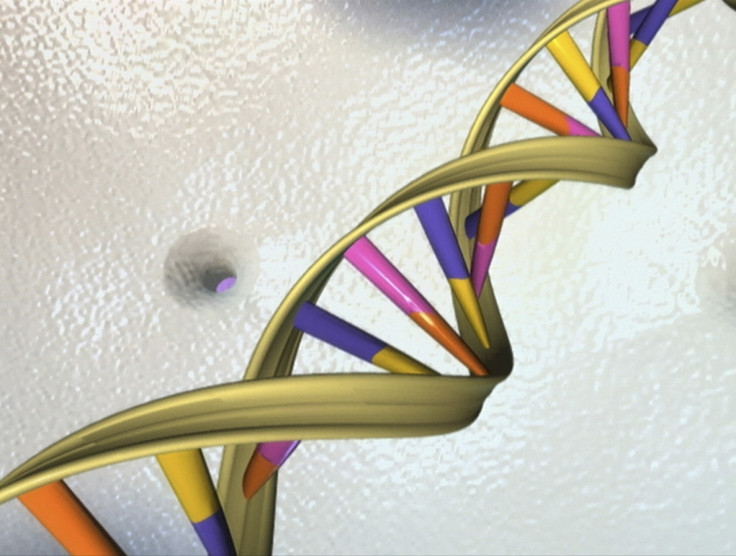Here is how CRISPR gene editing tech severs a DNA strand
CRISPR has been used in a range of applications such as creating pigs with less fat.

A group of Japanese researchers has shown in a new video how CRISPR gene editing tech works in real time.
CRISPR is a tool that allows scientists to cut DNA to disable it or to add new ones. The method has drawn flak on some occasions but has also proved successful in a range of applications such as creating pigs with 24% less fat, changing the colour of a flower, or identifying the gene that could help prevent miscarriages.
Despite these and many more benefits, scientists never really got a good look at how the method actually modifies a strand of DNA at the molecular scale, at least not directly.
To change this, Japanese researcher Osamu Nureki and his colleagues used a technique called high-speed atomic microscopy, a method in which a tiny needle rapidly moves back and forth, probing the shape of Cas9 – the enzyme that actually does the cutting – and producing a real-time video of the process.
The study detailing the technique is published in Nature Communications.
Hiroshi Nishimasu, another author of the paper, recently posted a video of CRISPR severing a strand of DNA into two on Twitter. It is not particularly clear, but for molecular-level visualisation, it offers good insights into how the whole process works. "The result is fairly easy to understand," says Nishimasu. "People say, 'Wow!' It's very simple."
So far, the video has got thousands of retweets and likes on Twitter.
Single-molecule movie of DNA search and cleavage by CRISPR-Cas9. pic.twitter.com/3NQxmbvzJF
— hnisimasu (@hnisimasu) November 10, 2017





















